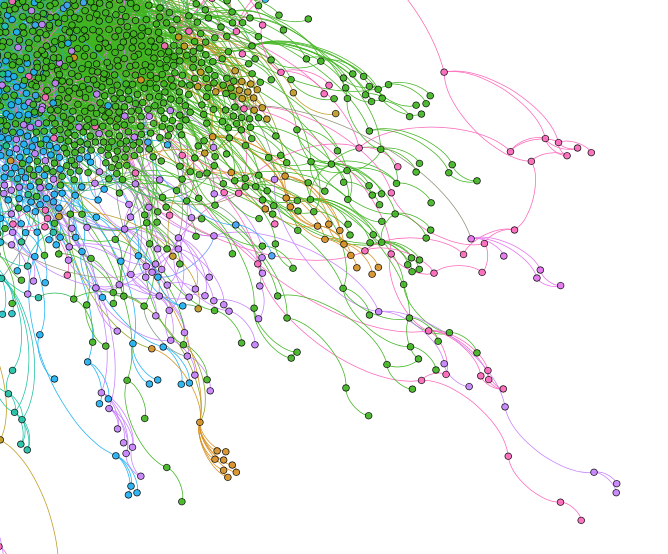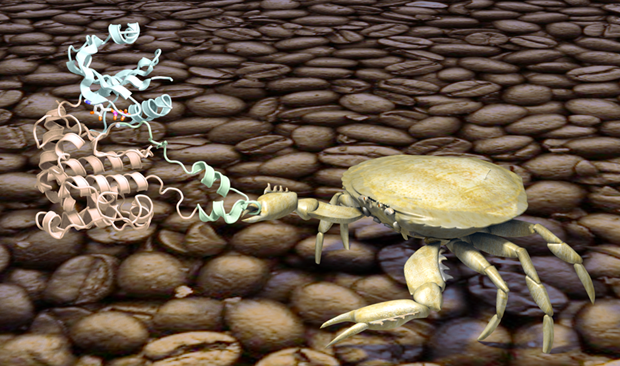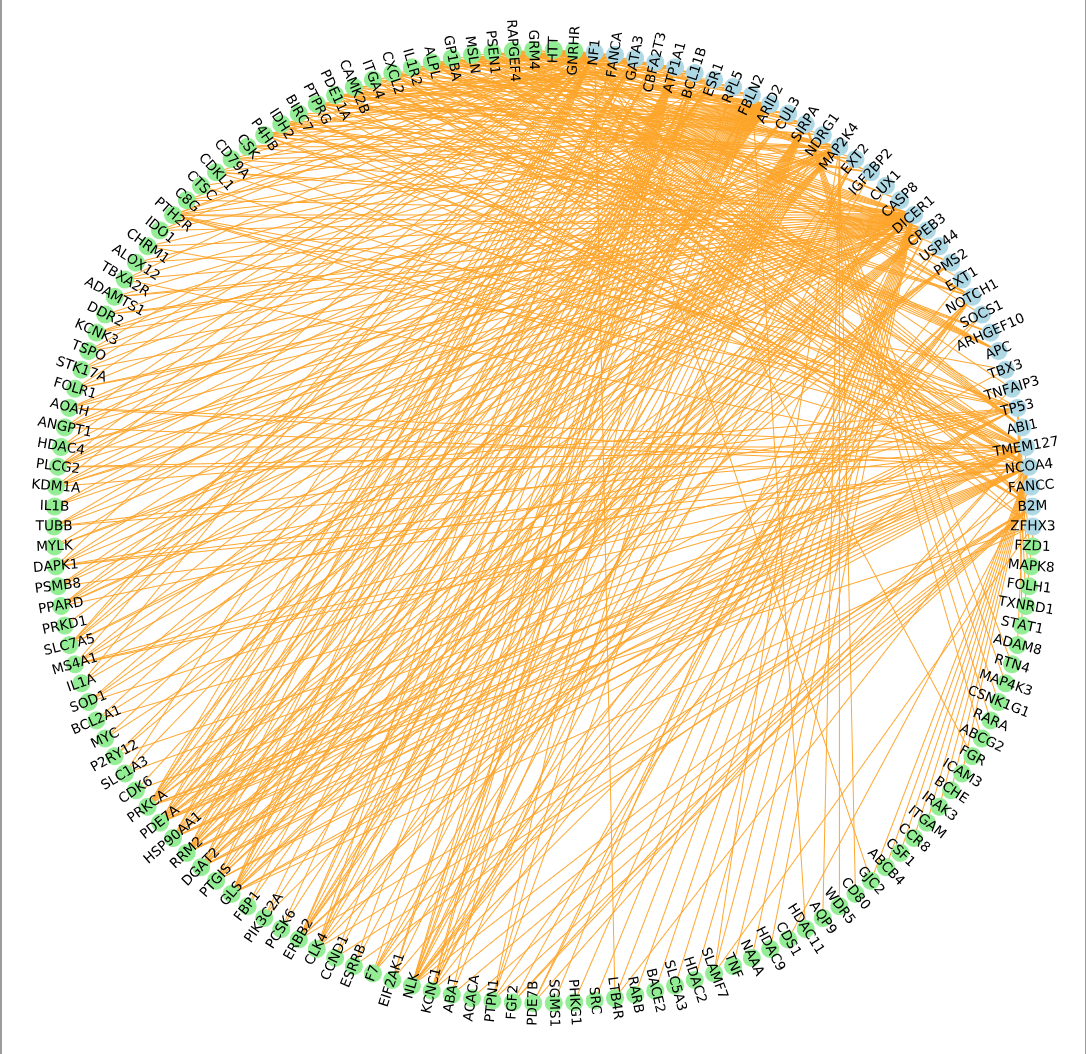
PearlAI
PearlAI is a new tool for predicting which drugs could be of use in killing cancer cells with known mutations and gene expression. It implements the DependANT algorithm to predict gene dependencies on the basis of individually modified protein-protein interaction networks based on the string database. These gene dependencies are then linked to drugs from ChemblDB that inhibit the relevant protein. The algorithm is powered by data from DepMap.

MOKCa-3D
The MOKCa database (Mutations, Oncogenes, Knowledge & Cancer) has been developed to structurally and functionally annotate, and where possible predict, the phenotypic consequences of mutations implicated in cancer.
It is an update of the original MoKCa database that focused on kinases. It has been updated and expanded to include other groups of proteins implicated in carcinogenesis. This includes documented oncogenes (CGC oncogenes) and tumour supressors (CGC Tumour supressors), proteins involved in the DNA damage response (DDR) , and proteins that are oncology drug targets.

MexDrugs
MexDrugs is a database of genetic interactions that were found to be mutually exclusive in multi-'omic data using the algorithm MexD. MexD uses matched somatic mutation, copy number variance and methylation data from The Cancer Genome Atlas, together with drug information from the druggable genome databank, to identify cancer-associated genes that are mutually exclusive with genes that are inhibited by existing drugs. In some cases these genetic interactions may arise because the genes are synthetically lethal. Disclaimer: The information provided is for research purposes only and is not intended as medical advice. It should not be used to diagnose, treat, or replace professional medical consultation.

Slorth
Slorth is a database of synthetic lethal interaction that are either experimentally verified or are high quality predictions using the state of the art algorithm SLant. SLant works by using synthetic lethal data from human, worm, fly and yeast sources to identify the patterns in the protein-protein interaction network associated with being part of a synthetic lethal interaction. By searching the human network for protein pairs that match these patterns, it can effectively predict new synthetic lethal pairs.
At present PearlAI is available by invitation only. However, the team would like to engage with oncologists and other groups. If you are interested in helping us take forward this exciting work, please get in contact with Frances Pearl at f.pearl@sussex.ac.uk.